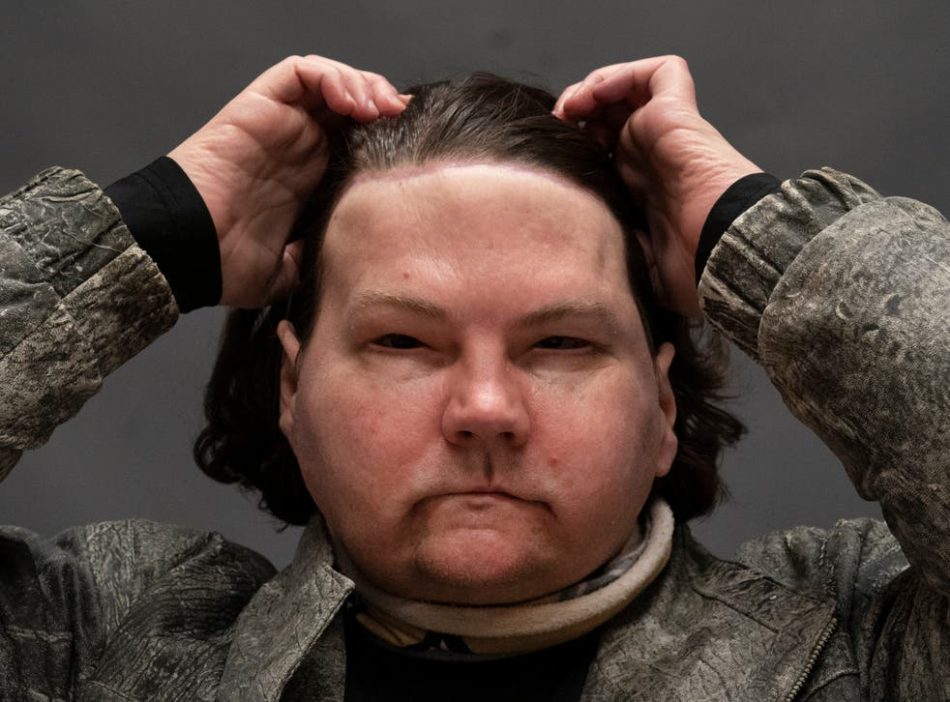Car crash survivor Joe DiMeo knew the risks he was facing when he decided to go through with a double hand and face transplant surgery at NYU Langone Health. The two previous times such a complicated procedure had ended in failure, but for DiMeo, the surgery was worth the risk if it meant that he could get a bit of normalcy back into his life.
As reported in FreeThink, DiMeo was driving home from his night shift at work in July 2018 when he fell asleep behind the wheel, causing the crash that left him with third-degree burns over 80 percent of his body. DiMeo underwent 20 reconstructive surgeries after this but still suffered from extensive injuries that affected his vision and ability to use his hands. That’s when his doctors decided that a double hand and face transplant was his best option for resuming an independent life.
“Joe was an ideal candidate for this procedure; he’s extremely motivated and dedicated to recovering the independence he lost after his accident,” said Eduardo D. Rodriguez, who led the operation.
Finding a suitable donor was incredibly difficult. DiMeo’s previous skin grafts and blood transfusions had left his immune system extremely sensitive, with doctors determining he was likely to reject 94 percent of donor organs. Of the 6 percent, he wasn’t likely to reject, the doctors needed to find a donor whose bone structure and skin tone was similar to his.
Then, ten months after DiMeo was added to the donor list, his doctors found the perfect match in Delaware with the help of the organ donor program Gift of Life.
“This transplant was possible because a selfless family said yes to this unique donation,” Richard D. Hasz Jr., vice president of clinical services for Gift of Life. “The donor’s mother shares that she is proud and comforted that her son was able to help another young man while also saving and healing others through organ and tissue donation.”
Once the donor had been found, the hardest task was up next: a complicated procedure requiring six surgical teams: one for each of the four hands and two faces involved. After 23 hours, the surgery was completed and deemed a success—at least, for the time being.
Transplant recipients always run the risk that their bodies will reject their newly transplanted organs, but in DiMeo’s case, it has now been five months since the surgery and his new face and hands show no signs of rejection. He currently takes meds every day to try to prevent rejection from happening and dedicates up to five hours a day to rehabilitation, which involves everything from speech therapy to learning how to whistle.
To this day, DiMeo’s surgery represents the most successful attempt at a double hand and face transplant. It also shows us just how far medical technology has come considering it restored the life of someone who had been injured so severely.












